|
Hardcover Book Binding: The Role and Processing of Paperboard  
Paperboard is a highly recycled material that offers numerous environmental and technical benefits throughout its lifecycle. It is commonly used in hardcover book binding. Paperboard is a thick paper-based material, generally thicker than regular paper (usually over 0.30 mm or 12 points) and has qualities like foldability and rigidity. According to ISO standards, it has a grammage above 250 gsm, though there are exceptions. It can be single- or multi-ply. 
Paperboard is easily cut and formed, lightweight yet strong. It is used in packaging and also for high-quality graphic printing such as book and magazine covers or postcards. In hardcover book binding, the hardcover case often consists of paperboard and a cover material. Sometimes called cardboard (though this term is less precise in the industry), the paperboard used in bookbinding for hardcovers is typically called Binder's board.  
The hardcover book, also known as hardbound or casebound, has rigid protective covers (usually of binder's board or heavy paperboard covered with buckram, cloth, heavy paper, or leather) and a flexible sewn spine that allows it to lie flat when opened. Modern hardcovers may also have pages glued to the spine like paperbacks. Hardcover books are more durable than perfect binding books with paper covers and are marginally more expensive to produce, but publishers can earn higher profits from them. 
The hardcover case is crucial. For a flat back hardcover book, it consists of three pieces of paperboard (front cover, back cover, and a centerboard in the spine). Some hardcover books have a flap on the lower cover that folds over the fore-edge when closed. Making the paperboard into the right size is important. Normal paper cutting machines may not be suitable for large-scale paperboard cutting as the size can be too big and inaccuracies can occur if the stacking height is high. The paperboard slitter is a better option, often with two steps: manual feeding to split into small strips and then using a machine feeder to get the desired small sizes. 
For example, the HX1200 Automatic Paper Board Slitter offers high automation. The original paperboard size is fed into the machine, split into small strips, and then further split into small pieces with automatic stacking and waste discharge. “
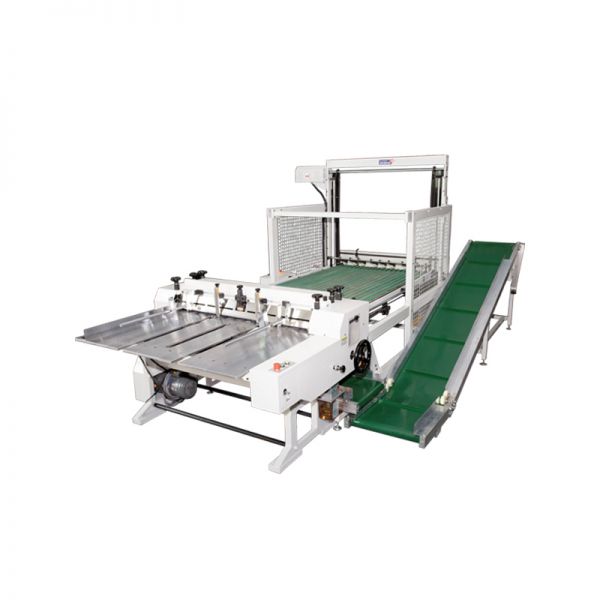
HX1200 Automatic Paper Board Slitter

” If making a flat/square back hardcover book that requires a centerboard, the HX420 Center Board Cutter or HX390A Auto Feeding Center Board Cutter is useful. These are special equipment for hardcover book binding, suitable for cutting cardboard into small sizes for the center strip. They have advantages like reasonable structure, simple operation, smooth cutting edge, high precision, and high efficiency. “
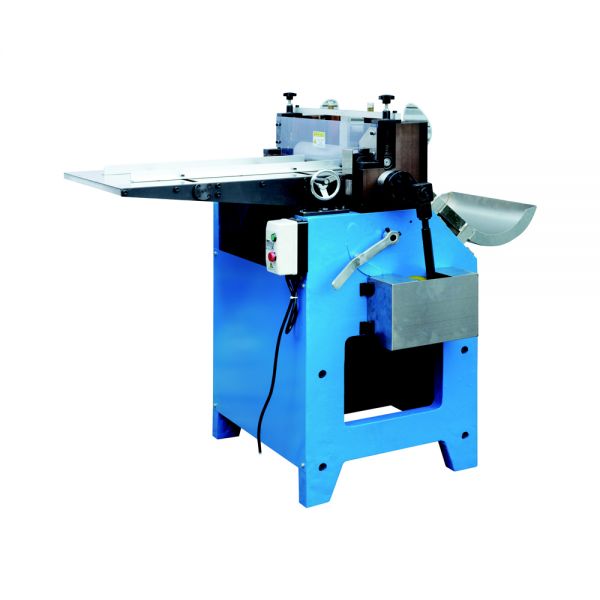
HX420 Center Board Cutter

” “
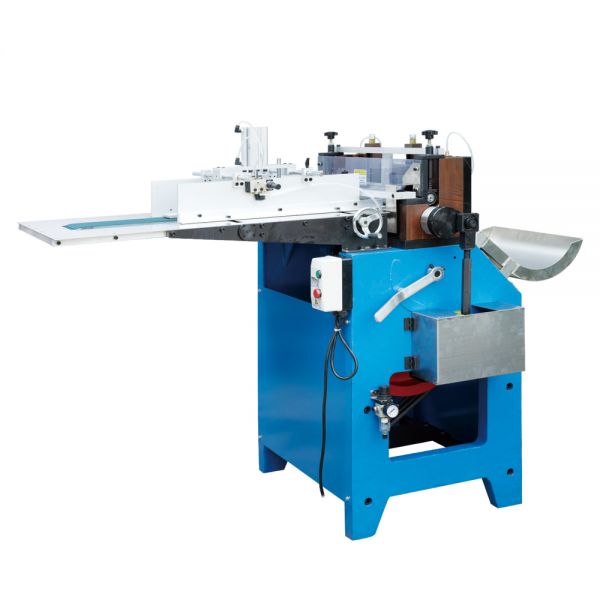
HX390A Auto Feeding Center Board Cutter

” 
The last step might involve rounding the corners of the paperboard. For thinner or fewer pieces of paperboard, the Double Head Book Block Round Corner Trimming Machine is a good choice. It can punch two corners simultaneously, is hydraulically driven for stability and accuracy, and has blades for different radii and two molds (normal and automatic with auto pusher). For thicker and more pieces or for paperboard book round corners, the Automatic High Speed Book Block Corner Rounding Trimmer with an automatic feeder can ensure precise and smooth round corners with easy corner mold change, automatic counting, and stacking.  
“
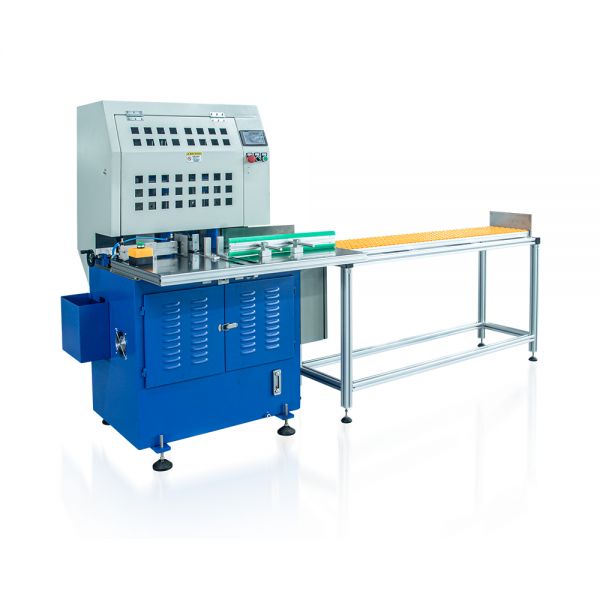
Automatic Double Head Round Corner Cutting Machine

” “
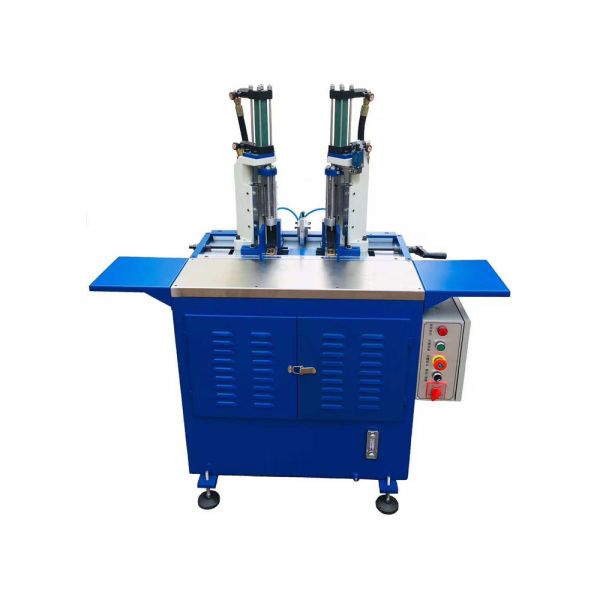
Double Head Book Block Round Corner Trimming Machine

” “
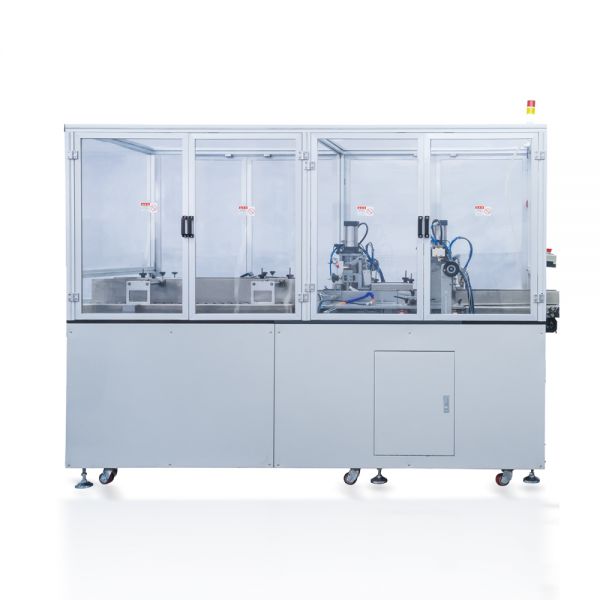
Automatic High Speed Book Block Corner Rounding Trimmer

” If making a board book, it's hard to print directly on paperboard. To add texture, paperboards are often inserted between two folded card paper signatures like a sandwich structure. This can be achieved using machines like the Automatic Lay Flat Binding Machine, Board Book Gluing Machine, Board Book Mounting and Pasting Production Line, or Digital Photo Book Making Machine. 
“

Board Book Gluing Machine

”
“
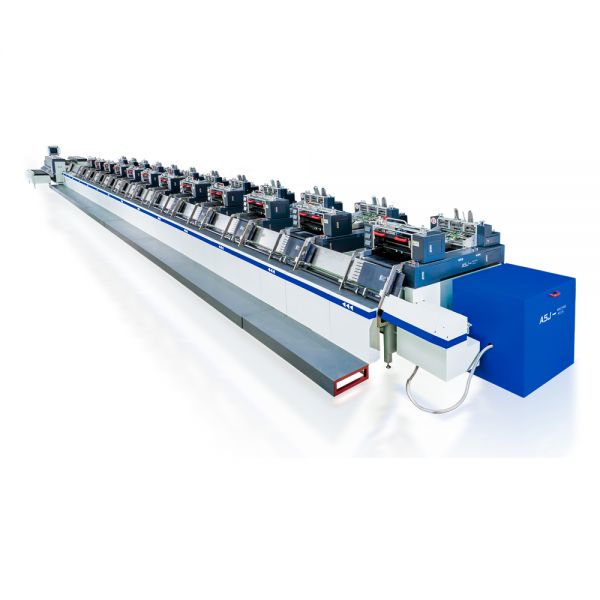
Board Book Mounting and Pasting Production Line

” “
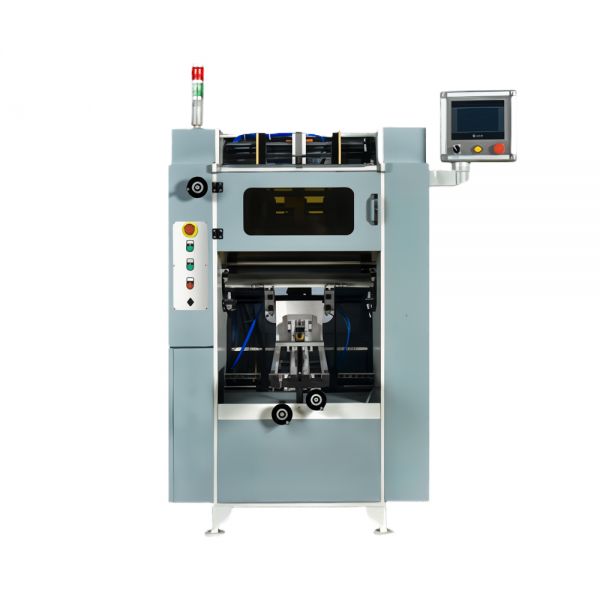
Automatic Lay Flat Mounting Machine

” “
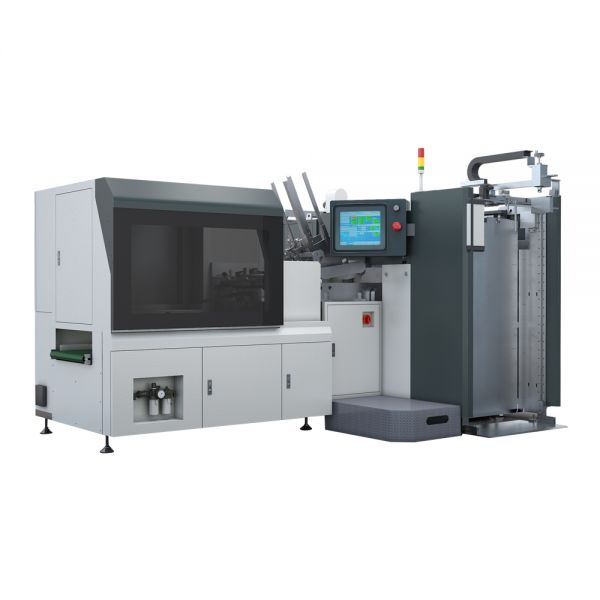
HX5000B Automatic Lay Flat Binding Machine

”
In conclusion, handling paperboard for hardcover books and board books is different from handling paper, and paperboard plays an important role in these applications.
|




